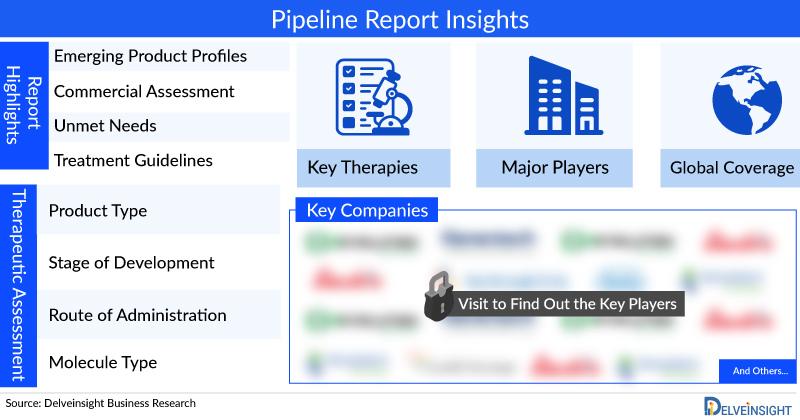Press release
Biliary Atresia Pipeline Insight 2025: Emerging Regenerative and Anti-Fibrotic Therapies Poised to Redefine Outcomes
Biliary atresia is a rare and life-threatening pediatric liver disease characterized by progressive fibro-obliteration of the bile ducts, leading to cholestasis, fibrosis, and ultimately liver failure. Typically diagnosed within the first few months of life, the condition is managed initially through the Kasai portoenterostomy. However, in many cases, this surgical intervention only delays the need for liver transplantation, which remains the definitive treatment.As of 2025, the drug development landscape for biliary atresia is witnessing a notable shift, with a growing emphasis on disease-modifying therapies. Research efforts are increasingly focused on anti-fibrotic agents, bile acid modulators, and regenerative approaches that aim to preserve native liver function and delay or prevent transplant. Several companies and academic groups are advancing early-stage candidates targeting the underlying inflammation and immune dysregulation implicated in disease progression.
Among promising agents in the pipeline are novel FXR agonists and TGR5 modulators, which show potential in modulating bile acid metabolism and reducing cholestasis-induced injury. Additionally, therapies aimed at suppressing aberrant immune responses-such as anti-TNF or JAK-STAT pathway inhibitors-are being evaluated for their ability to halt ductal damage and liver fibrosis.
A growing area of interest lies in cell-based therapies and regenerative strategies. Preclinical studies using stem cell-derived hepatocytes and organoids are exploring the feasibility of repairing biliary injury and promoting hepatic regeneration. These regenerative approaches could offer long-term disease-modifying benefits, especially in infants with partial bile flow restoration post-Kasai.
Despite the rarity of the disease, recent policy incentives and advocacy have bolstered research activity. Orphan drug designations, NIH support, and expanded newborn screening have encouraged clinical trial enrollment and innovation. However, challenges remain in designing pediatric-specific trials, identifying early biomarkers of response, and establishing long-term endpoints beyond transplantation.
The pipeline for biliary atresia reflects cautious but meaningful progress, with a blend of pharmacologic and biologic approaches under evaluation. If successful, these emerging therapies have the potential to delay disease progression, improve survival with native liver, and ultimately transform the management paradigm for this devastating pediatric condition.
Interested in learning more about the current treatment landscape and the key drivers shaping the biliary atresia pipeline? Click here: https://www.delveinsight.com/report-store/biliary-atresia-pipeline-insight?utm_source=openpr&utm_medium=pressrelease&utm_campaign=jpr
Key Takeaways from the Biliary Atresia Pipeline Report
• DelveInsight's biliary atresia pipeline analysis depicts a strong space with 3+ active players working to develop 3+ pipeline drugs for biliary atresia treatment.
• The leading biliary atresia companies include Mirum Pharmaceuticals, Albireo, Intercept Pharmaceuticals, and others are evaluating their lead assets to improve the biliary atresia treatment landscape.
• Key biliary atresia pipeline therapies in various stages of development include Maralixibat, Odevixibat, Obeticholic acid, and others.
• In April 2025, A new multimodal AI diagnostic model combining ultrasound, lab data, and patient demographics demonstrated near-perfect accuracy (AUC ≈ 0.99), outperforming less experienced clinicians. This tool significantly improves early detection of BA and supports radiologists in clinical decision-making.
• In January 2025, in a Phase I trial, infants who received autologous bone marrow stem cell infusions during Kasai hepatoportoenterostomy showed improved liver function and lower disease severity compared to those undergoing surgery alone. Notably, all stem cell-treated infants survived beyond four years with their native liver, while some in the control group required transplantation.
Request a sample and discover the recent breakthroughs happening in the biliary atresia pipeline landscape at https://www.delveinsight.com/report-store/biliary-atresia-pipeline-insight?utm_source=openpr&utm_medium=pressrelease&utm_campaign=jpr
Biliary Atresia Overview
Biliary atresia is a rare, life-threatening liver disease that affects infants, typically within the first few weeks of life. It involves a progressive blockage or absence of the bile ducts, preventing bile from draining from the liver to the intestine. This leads to bile buildup, liver damage, and ultimately cirrhosis if untreated.
Early symptoms include jaundice, pale stools, dark urine, and poor weight gain. The standard initial treatment is the Kasai procedure, a surgery to restore bile flow. However, many patients eventually require liver transplantation due to disease progression.
Despite being rare, biliary atresia is the most common reason for pediatric liver transplants, highlighting the need for earlier diagnosis and more effective medical therapies.
Find out more about biliary atresia medication at https://www.delveinsight.com/report-store/biliary-atresia-pipeline-insight?utm_source=openpr&utm_medium=pressrelease&utm_campaign=jpr
Biliary Atresia Treatment Analysis: Drug Profile
Odevixibat: Albireo Pharma
Bylvay (odevixibat) is a potent, non-systemic ileal bile acid transporter (IBAT) inhibitor that reduces bile acid reabsorption by targeting the enterohepatic circulation. Acting locally in the small intestine with minimal systemic exposure, Bylvay selectively inhibits IBAT to lower bile acid levels returning to the liver. It is currently being studied in the Phase III BOLD trial for biliary atresia. In January 2019, the FDA granted Orphan Drug Designation to A4250 (odevixibat) for this indication.
Learn more about the novel and emerging biliary atresia pipeline therapies at https://www.delveinsight.com/report-store/biliary-atresia-pipeline-insight?utm_source=openpr&utm_medium=pressrelease&utm_campaign=jpr
Biliary Atresia Therapeutics Assessment
By Product Type
• Mono
• Combination
• Mono/Combination.
By Stage
• Late-stage products (Phase III)
• Mid-stage products (Phase II)
• Early-stage product (Phase I) along with the details of
• Pre-clinical and Discovery stage candidates
• Discontinued & Inactive candidates
By Route of Administration
• Oral
• Parenteral
• Intravenous
• Subcutaneous
• Topical
By Molecule Type
• Monoclonal Antibody
• Peptides
• Polymer
• Small molecule
• Gene therapy
Scope of the Biliary Atresia Pipeline Report
• Coverage: Global
• Key Biliary Atresia Companies: Mirum Pharmaceuticals, Albireo, Intercept Pharmaceuticals, and others.
• Key Biliary Atresia Pipeline Therapies: Maralixibat, Odevixibat, Obeticholic acid, and others.
To dive deep into rich insights for drugs used for Biliary Atresia treatment, visit: https://www.delveinsight.com/report-store/biliary-atresia-pipeline-insight?utm_source=openpr&utm_medium=pressrelease&utm_campaign=jpr
Table of Contents
1. Introduction
2. Executive Summary
3. Biliary Atresia Pipeline: Overview
4. Analytical Perspective In-depth Commercial Assessment
5. Biliary Atresia Pipeline Therapeutics
6. Biliary Atresia Pipeline: Late-Stage Products (Phase III)
7. Biliary Atresia Pipeline: Mid-Stage Products (Phase II)
8. Biliary Atresia Pipeline: Early Stage Products (Phase I)
9. Therapeutic Assessment
10. Inactive Products
11. Company-University Collaborations (Licensing/Partnering) Analysis
12. Key Companies
13. Key Products
14. Unmet Needs
15. Market Drivers and Barriers
16. Future Perspectives and Conclusion
17. Analyst Views
18. Appendix
Contact Us:
Jatin Vimal
jvimal@delveinsight.com
+14699457679
Healthcare Consulting
https://www.delveinsight.com/consulting-services
About DelveInsight
DelveInsight is a leading Business Consultant and Market Research firm focused exclusively on life sciences. It supports Pharma companies by providing comprehensive end-to-end solutions to improve their performance. Get hassle-free access to all the healthcare and pharma market research reports through our subscription-based platform, PharmDelve.
This release was published on openPR.
Permanent link to this press release:
Copy
Please set a link in the press area of your homepage to this press release on openPR. openPR disclaims liability for any content contained in this release.
You can edit or delete your press release Biliary Atresia Pipeline Insight 2025: Emerging Regenerative and Anti-Fibrotic Therapies Poised to Redefine Outcomes here
News-ID: 4137295 • Views: …
More Releases from DelveInsight
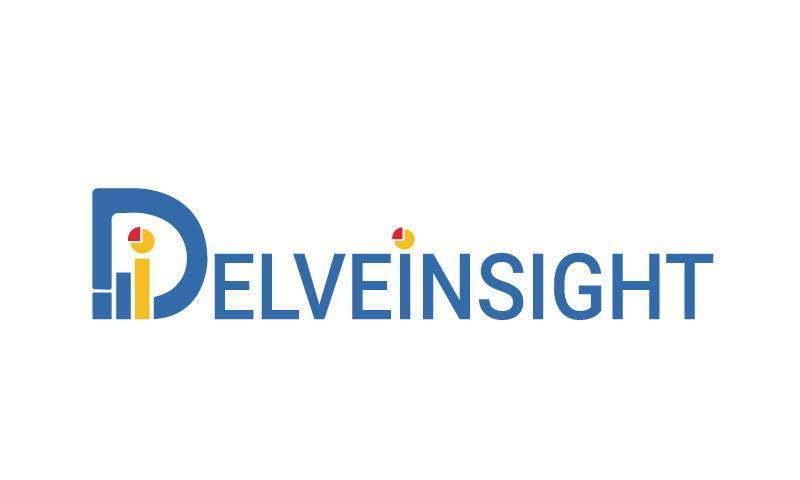
PH-ILD Market Size in the 7MM was ~USD 3 Billion in 2024 and is projected to inc …
DelveInsight's "Pulmonary Hypertension associated with Interstitial Lung Disease Market Insights, Epidemiology, and Market Forecast - 2034" report delivers an in-depth understanding of PH-ILD, historical and forecasted epidemiology, as well as the PH-ILD market trends in the United States, EU4 (Germany, France, Italy, and Spain), the United Kingdom, and Japan.
Discover Key Insights into the Pulmonary Hypertension associated with Interstitial Lung Disease Market with DelveInsight's In-Depth Report @ Pulmonary Hypertension associated with…
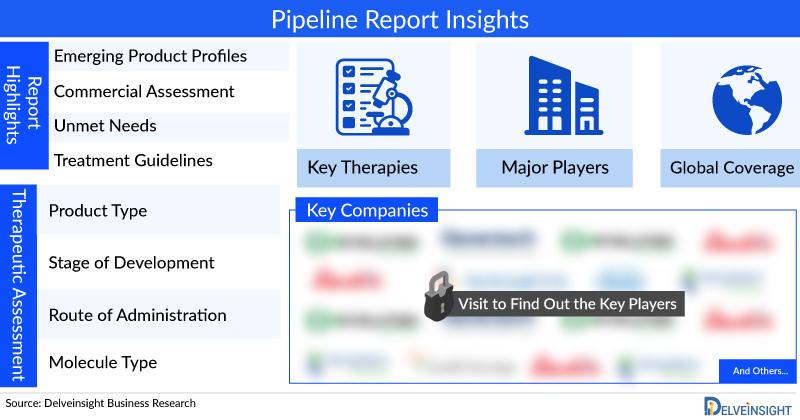
Sensorineural Hearing Loss Clinical Trials Analysis 2025: Emerging Regenerative …
DelveInsight's "Sensorineural Hearing Loss Clinical Trials Analysis, 2025" describes a rapidly evolving pipeline targeting both restoration of inner-ear structures and symptomatic improvement. Ongoing programs span hair cell regeneration via small molecules and biologics, AAV- and non-viral gene-replacement or gene-editing strategies for monogenic deafness, cell-based therapies (supporting synaptic reconnection), and cochlear neuromodulation advancements to augment residual hearing. Trials increasingly pair novel delivery methods (e.g., intracochlear, round-window) with precision patient selection based…
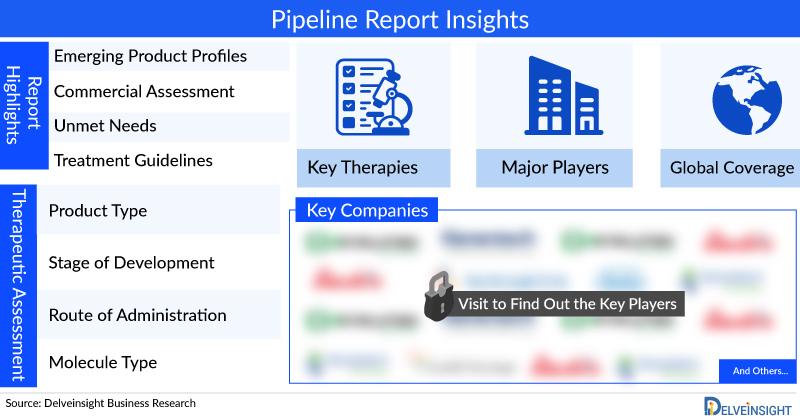
Cell and Gene Therapy in Parkinson's Disease Clinical Trials Analysis 2025: Dise …
DelveInsight's "Cell and Gene Therapy in Parkinson's Disease - Clinical Trials Analysis, 2025" highlights a diversified development landscape pursuing symptomatic relief and disease modification. Programs include dopamine-restorative cell implants, neuroprotective gene therapies targeting α-synuclein aggregation or neuroinflammation, and circuit-targeted gene delivery to rebalance basal ganglia networks. Trials incorporate advanced delivery (stereotactic infusion), standardized imaging and molecular biomarkers, and combination strategies pairing cell/gene therapy with neuromodulation.
Pivotal and late-phase trials focus on…
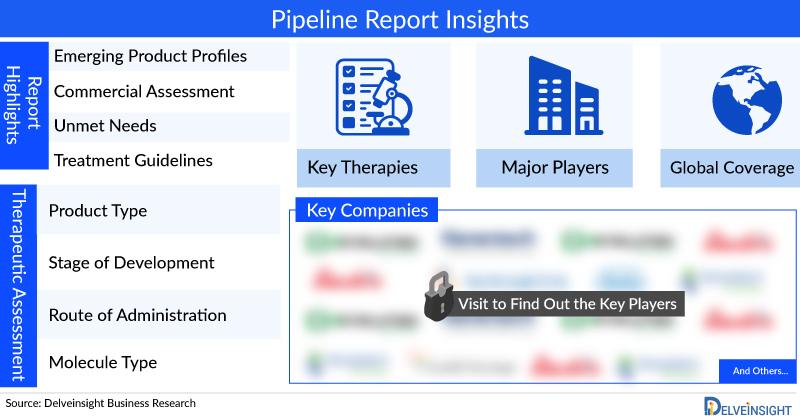
Staphylococcal Infections Clinical Trials Analysis 2025: New Antibacterials, Ant …
DelveInsight's "Staphylococcal Infections Clinical Trials Analysis, 2025" outlines a focused effort to tackle antibiotic resistance and severe invasive disease. Active programs include novel small-molecule antibacterials with activity against MRSA, anti-virulence and quorum-sensing inhibitors, monoclonal antibodies targeting toxins and surface proteins, and host-directed immunotherapies to enhance clearance. Trials cover a range of indications from complicated skin and soft tissue infections to bacteremia and prosthetic-joint infections, with increasing attention on combination regimens…
More Releases for Biliary
Global Metal Pancreatic Biliary Stent Market Size by Application, Type, and Geog …
According to Market Research Intellect, the global Metal Pancreatic Biliary Stent market under the Internet, Communication and Technology category is expected to register notable growth from 2025 to 2032. Key drivers such as advancing technologies, changing consumer behavior, and evolving market dynamics are poised to shape the trajectory of this market throughout the forecast period.
The metal pancreatic biliary stent market is witnessing consistent growth due to the rising prevalence of…
Major Market Share Shift in Biliary Catheters Industry: Advancements In Biliary …
What Is the Forecasted Market Size and Growth Rate for the Biliary Catheters Market?
The market size for biliary catheters has experienced robust growth in recent years. There is an expected growth from $3.42 billion in 2024 to $3.75 billion in 2025, corresponding to a compound annual growth rate (CAGR) of 9.7%. Factors like increased occurrences of biliary tract ailments, the popularity of minimally invasive procedures, a growing aging population, more…
Primary Biliary Cholangitis Treatment Market
Primary Biliary Cholangitis Treatment Market
Global Primary Biliary Cholangitis Treatment Market Expected to Reach US$ YY Million by 2030, Growing at a CAGR of YY%: Market Insights and Dynamics
The Global Primary Biliary Cholangitis Treatment Market, which reached US$ YY billion in 2022, is anticipated to achieve US$ YY million by 2030, exhibiting a robust CAGR of YY% during the forecast period from 2024 to 2031.
Primary Biliary Cholangitis (PBC), formerly known as…
Biliary Stents Market - Unleashing Flow: Empowering Biliary Health with Innovati …
Newark, New Castle, USA - new report, titled Biliary Stents Market The report has been put together using primary and secondary research methodologies, which offer an accurate and precise understanding of the Biliary Stents market. Analysts have used a top-down and bottom-up approach to evaluate the segments and provide a fair assessment of their impact on the global Biliary Stents market. The report offers an overview of the market, which…
High Prevalence of Biliary Diseases Across the Globe is Driving the Biliary Sten …
Stent is referred as plastic or metal tube inserted in human body into lumen or duct to keep the passage open. Various types of stents such as expandable stents and simple plastic stents are used for various purposes. Different types of stents such as coronary, vascular, and biliary stents are employed for various purposes. ‘Biliary’ is referred to the bile duct, which is a long tube-like structure carrying bile fluid.…
Rise in Surgical Procedures of Biliary Diseases is Expected to Boost the Biliary …
Stent is referred as plastic or metal tube inserted in human body into lumen or duct to keep the passage open. Various types of stents such as expandable stents and simple plastic stents are used for various purposes. Different types of stents such as coronary, vascular, and biliary stents are employed for various purposes. ‘Biliary’ is referred to the bile duct, which is a long tube-like structure carrying bile fluid.…
